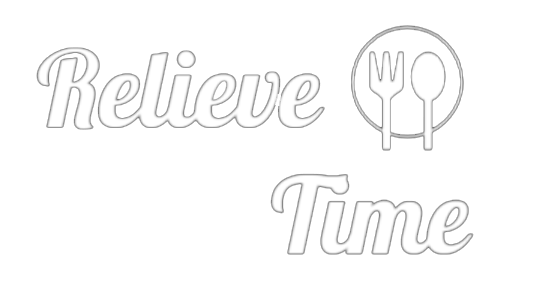Frédéric Panaïotis, Dynamic Winemaker at Ruinart Champagne, Dies at 60
Frédéric Panaïotis, chef de cave at Ruinart Champagne for nearly two decades, died on June 15. Panaïotis was 60 and lost his life in a freediving accident, according to sources.
Born and raised in the Champagne region, Panaïotis often helped his grandparents on their four acres of vines in Villers-Marmery during his childhood. But it wasn’t until his uncle poured him a taste of Richebourg 1976 that he became sure he wanted to work in wine. As a young man he studied agronomy and enology, first in Paris and then Montepellier, where he obtained his enology diploma from the respected École Nationale Supérieure Agronomique de Montpellier in 1988.
Jean-Baptiste Lécaillon, chef de cave for Louis Roederer, was a longtime friend, colleague and fellow student with Panaïotis. “I remember coming back from Montpellier to Reims in my red Citroën 2 CV with Fred,” Lécaillon told Wine Spectator. “It was a 10-hour drive, just the two of us. But we stopped at so many Burgundy producers on the way that our parents did not see us before 10 p.m., and my car was so full of wine that it was very hard to drive on the highway. Fred was passionate about all types of wine and loved traveling. Charming, clever and smart!”
Learning from Pommery and Veuve, Leading at Ruinart
After completing his degree, Panaïotis worked three harvests at California’s Scharffenberger winery, then owned by Pommery Champagne. In 1991, he returned to Champagne, joining the Comité Interprofessionnel du Vin de Champagne (CIVC), Champagne’s governing body. Following the CIVC, Panaïotis spent 12 years as part of the winemaking team at Veuve Clicquot.
Panaïotis’ time there expanded his winemaking experience at one of Champagne’s biggest houses. But he also developed a strong ability to communicate about the wines to media, VIP clients and sommeliers, experience that qualified him for the top spot at another LVMH-owned Champagne house.
Panaïotis joined Ruinart as chef de cave for the house in 2007. Beyond his very successful work blending the house’s non-vintage and vintage-dated bottlings each year, his tenure was marked by his intense curiosity. It led him to age the 2010 Dom Ruinart cuvée on cork, not the crown caps that are commonplace for aging many vintage-dated Champagnes.
“When I joined in 2007, I tasted these experimental bottles [about 2,000 had been put aside each vintage since 1998], and I was totally surprised. I said, ‘Wow.’ I couldn’t believe how fresh the wines were on the cork,” Panaïotis told Wine Spectator during a 2022 interview upon the release of the 2010.
As he explained in that interview, he was not prepared to accept on blind faith what he was tasting. Panaïotis ran additional analysis for the next few years and found that the short-term period of oxygen intake allowed by aging under cork led to a years-long period of stability and even resiliency to oxygen.
Innovating in a Traditional Industry
From 2013 to 2014 Panaïotis’ curiosity took him into the Ruinart house records with an archivist, which led to the discovery of the oldest documentation of the sale of any rosé Champagne, dating to 1775. And he made a commitment to sustainable practices as he saw evidence of climate change. In 2021 Ruinart began releasing bottles housed in an entirely recyclable paper case, known as Second Skin, that reduces the packaging’s carbon footprint by 60 percent.
In 2023, Ruinart released its first new cuvée in 20 years, the Blanc Singulier. The multi-vintage bottling turned the traditional dynamic of a multi- or non-vintage Champagne cuvée on its head. Rather than blending to produce a consistent version from year to year, with Singulier, Ruinart instead embraces the vintage variation caused by changing weather, which is reflected in the wine.
“Frédéric Panaïotis was a truly unique personality—highly rational and deeply sensitive at the same time,” said Frédéric Dufour, president at Ruinart Champagne since 2011, in a statement. “Passionate, curious, committed, a man of science and knowledge, guided by immense humility, he embodied the values of Ruinart. His unique vision will continue to shape our maison for decades to come. We will miss him deeply.”
Stay on top of important wine stories with Wine Spectator’s free Breaking News Alerts.
